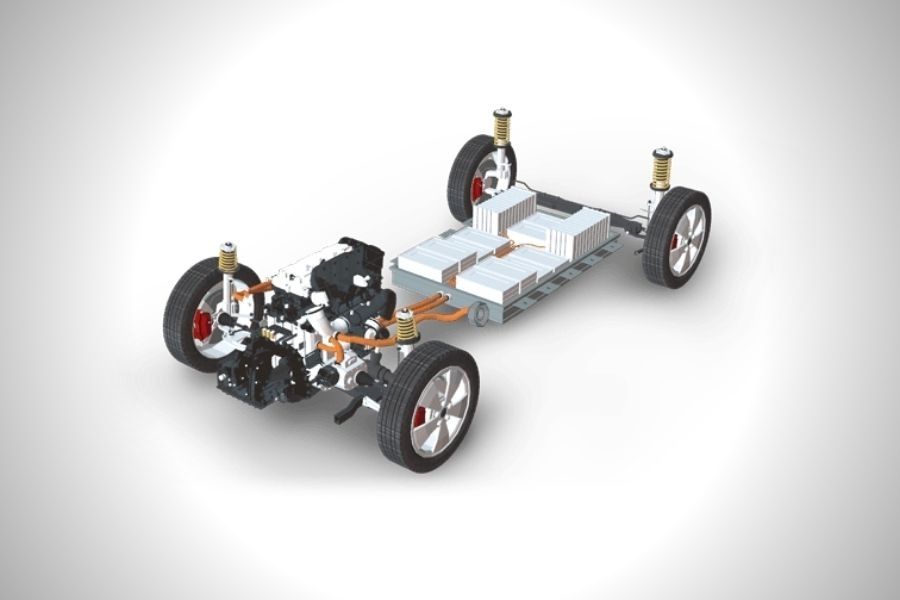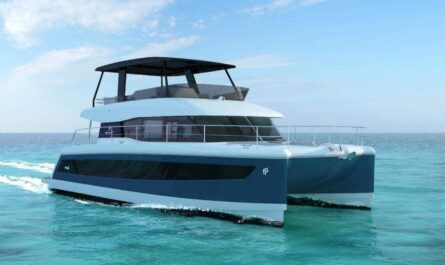Introduction to Mild Hybrid Technology
Mild hybrid vehicles are emerging as a promising alternative to traditional internal combustion engine vehicles. A mild hybrid powertrain combines a small electric motor with a conventional gasoline or diesel engine to improve fuel efficiency. This system captures and reuses brake energy through regenerative braking to support the engine during acceleration.
How does a Mild Hybrid System Work?
A mild hybrid system works through the integration of a small electric motor, typically 10-20kW, and a lithium-ion battery pack. The electric motor assist the main combustion engine during acceleration through torque filler. It also charges the battery pack during deceleration and braking through regenerative braking. The battery provides supplemental power to electricity consuming ancillaries like air conditioning compressor, thus reducing the load on the combustion engine.
Benefits of Regenerative Braking
One of the key technologies within Mild Hybrid Vehicles is regenerative braking. During deceleration and braking, the electric motor works as a generator to charge the battery pack. This captures the kinetic energy lost normally through friction braking and converts it into electrical energy. Studies show regenerative braking can capture up to 30% of the energy lost during braking. This improves vehicle efficiency without requiring the driver to change their normal driving behavior.
Improved Fuel Economy and Lower Emissions
Compared to a traditional internal combustion engine vehicle, a mild hybrid powertrain provides noticeable benefits in terms of fuel consumption and emissions. The electric boost during acceleration and deceleration assists the engine, allowing it to run more efficiently at lower speeds. Automatic stop-start functionality further cuts wastage at idle. Overall fuel savings of 10-15% are achievable depending on driving conditions and route. The reduction in dependence on the gasoline or diesel engine also means lower emissions of greenhouse gases and other pollutants.
Cost Savings Potential Over Time
While mild hybrid systems carry an additional upfront cost over conventional vehicles, their lower operating expenses help offset this premium. Studies show mild hybrids typically pay back their higher sticker price through fuel savings within 2-4 years for most drivers depending on annual mileage. As oil prices continue rising globally and governments impose stricter emission regulations, the total cost of ownership advantage of mild hybrids will grow further in the long run. Manufacturers are also actively working to reduce manufacturing costs as volumes increase.
Varied Mild Hybrid Configurations
There is no single ‘mild hybrid’ layout, as automakers are experimenting with different technical approaches within this category. Some key mild hybrid configurations include belt-driven integrated starter generator (ISG) systems, 48V battery systems, and plug-in hybrid variants. The ISG configuration mounts the electric motor/generator onto the engine crankshaft with a belt connection. Toyota and Honda have found success with such designs. Meanwhile, 48V mild hybrid systems offer increased electrification abilities over 12V setups.
Customer Acceptance and Expanding Product Lineups
Consumers are increasingly receptive to hybrid technologies, especially after experiencing rising fuel costs. Mild hybrids are appealing as they offer efficiency gains with minimal lifestyle changes compared to conventional vehicles or pure electric cars. Their versatility also means greater customer acceptability. All major automakers now have mild hybrid models across different vehicle segments from compact cars to SUVs. With strong emission regulations and technology advancements lowering costs, mild hybrid market share is projected to rise substantially this decade.
Challenges in Components and Infrastructure
While mild hybridization shows promise, certain technical barriers remain for widespread adoption. Component durability and battery life under diverse real-world driving conditions need further validation. Charging infrastructure is lacking compared to gasoline. However, the independence of mild hybrid vehicles from chargers makes them a practical alternative for drivers not ready to fully commit to electric cars. Automakers continue making progress on components like high-power electric motors and longer lasting lithium-ion batteries optimized for hybrids.
Offering the benefits of electrification with minimal lifestyle changes over conventional vehicles, mild hybrids present an efficient solution to emissions and fuel efficiency targets. Their payback potential and versatility across multiple vehicle classes means this technology can play a key role in fleet fuel economy and emissions improvements. With rising fuel costs and greener regulations, automaker focus on mild hybrids will grow significantly in the coming decade establishing them as a mainstream solution.
*Note:
1. Source: Coherent Market Insights, Public sources, Desk research
2. We have leveraged AI tools to mine information and compile it



